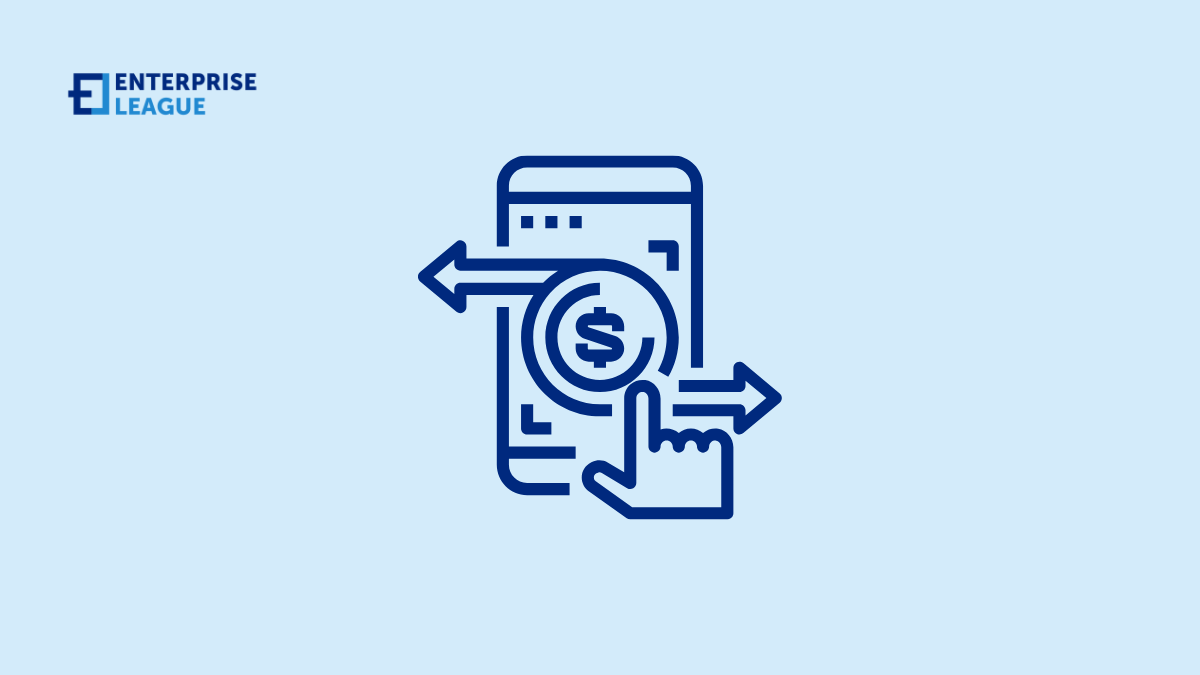Not so long ago, getting a loan from consumer lending platforms was a long, frustrating process. Loan applicants were required to submit several documents, and then wait, sometimes for weeks, only to receive a loan denial email. And if they were approved? It was often after ages of back-and-forth.
Then comes the tech wave. Today, borrowers can get instant approvals and fast payouts, without the stress, errors, and long waits, with advanced digital consumer lending software for loan lifecycle management. Let’s go over 5 key ways FinTech is shaking up consumer lending and creating a faster, easier experience for all loan seekers.
Easier access to loans with alternative credit scoring
Loan seekers with little or no credit history can now access loans with alternative data. Instead of relying on traditional ways of credit scoring, lenders now use AI and machine learning to check loan applicants’ day-to-day use of money and their likelihood of repaying loans if they get approved.
A review on Forbes predicted an emerging boom in AI-driven lending. Over half of the financial services surveyed say they plan to invest over $100,000 in AI/ML over the next 3 years.
Instead of the long traditional manual collection and verification of applicants’ details, review of credit reports, reviewing recent credit inquiries, and assigning credit scores, fintech digs into borrowers’ social media activities, utility bills, and other non-banking transactions, for insights into loan applicants’ financial habits. This new approach gives underserved populations those who might’ve been overlooked by traditional banks a fairer shot at loans. It’s all about focusing on how borrowers earn and spend money in reality, rather than just a number on a credit report.
Speeding up loan approval and disbursement
Lending platforms are embracing automation to speed up and simplify the loan origination process.
Instead of piles of paperwork and long wait times, automated loan management tools handle tasks like application reviews, document verification, and credit checks—all in minutes.
This tech-based approach speeds up approvals and also reduces human errors in the process, making the process painless for lenders. For borrowers, this speed means quicker access to funds whether virtually through self-help features or in-person, based on individual convenience.
Tech offers a smarter way for lenders to improve their operations while giving customers a smoother, stress-free experience. In short, technology has introduced tech into financial services, making lending operations simpler, faster, and more accessible.
Personalizing loan products for a better customer experience
FinTech platforms are pushing loan personalization to a whole new level by analyzing each person’s financial habits and unique needs. Instead of offering one-size-fits-all loan products, they use data from spending patterns, income trends, and even small transactions to design individual loan terms that perfectly match each customer’s special needs.
Addressing each borrower’s need, borrowers are likely to get a loan that aligns with their financial situation whether it’s a need for a more flexible payment plan or a lower interest rate. Tech has brought a relieving change, making the lending process favorable to everyone. FinTech is all about understanding you as an individual, not just another number.
Peer-to-peer lending and crowdfunding
Peer-to-peer (P2P) lending platforms allow borrowers and lenders to connect directly, with no traditional banks in the middle.
Borrowers can post their loan requests on the P2P platform, and people, who in this case act as lenders, offer the loan. P2P loan terms are usually more flexible than banks.
The peer-to-peer setup often results in lower interest rates for borrowers and better returns for lenders. It’s a win-win that makes borrowing more personal and transparent, giving both sides more control while cutting out the bank fees that usually come with conventional loans.
Risk management through AI and data analytics
With an increasing credit risk, AI-powered tools are helping lenders get smart about risk. Using machine learning, these tools dig through huge amounts of data to find patterns that reveal which borrowers might struggle with payments.
Instead of just looking at credit scores, AI can spot risk early by analyzing things like spending habits, employment history, and even lifestyle changes. If it flags a high-risk borrower, the lender can step in with advice or adjustments before things go south.
This tech-driven approach helps protect both lenders and borrowers, creating a more reliable, proactive way to manage loans and keep everyone on track.
The most frequently asked question
Looking to understand loan management software better? These are the questions we hear most often from businesses like yours. From must-have features to make sure the software can grow with you, we’ll cut through the tech jargon and give you straight answers to help you make the right choice for your team.
What features should I look for in modern lending software?
When checking out loan management software, go for one that can automate multiple functions, including loan origination, payment processing, data reporting and analytics, customer engagement, automated reminders, and compliance tracking.
These are key features and functions that simplify everyday operations and improve the loan lifecycle.
How do I determine if a loan management solution is user-friendly?
To determine user-friendliness, request a demo or trial version to explore the interface. Check for intuitive navigation, clear instructions, and customer support availability to ensure ease of use for your team.
How do I assess a software’s scalability?
Assess scalability by understanding how the software can grow with your business. Inquire about its capacity to handle increased loan volumes, additional features for expanding services, and support for multiple users as your company grows.
What kind of support should I expect after implementing the software?
After implementation, you should get ongoing technical support, training resources, and regular updates. A good vendor will provide customer service via multiple channels, such as phone, email, or chat, to assist you with any issues that may arise.
Conclusion
The shift from the traditional way of managing loans toward software-based solutions has changed how lenders manage their services. With automated workflow and AI-generated data reporting, these FinTech solutions have become a great asset that helps lenders do more with little or no human input, in less time, and with limited resources.
Introducing a digital loan management solution to your lending process means fewer errors, faster repayments, and a more positive experience for both lenders and borrowers.
More must-read stories from Enterprise League:
- Engaging online networking events that you should not miss.
- What’s the secret to running successful cold email campaigns?
- Things to consider before deciding on a business location.
- The importance of customer-focused strategy for your business.
Related Articles
Workers’ Compensation Costs for Factory and Warehouse Forklift Accidents
Forklifts play a central role in day-to-day operations across factories and warehouses, but they also create a significant risk of injury. When a forklift overturns, strikes a pedestrian, or drops a load, the financial impact reaches far beyond the immediate medical...
Delayed Construction Injury Reports: Impact on Workers’ Comp
Construction work carries unavoidable risks, which is why workers' compensation exists to protect employees after an injury. But one factor can alter the entire outcome of a claim: delayed reporting. In the construction industry, where injuries often occur in...
Sponsoring Employees for Green Cards: Small Business Considerations
For many small businesses, sponsoring a foreign employee for a green card can be a strategic investment. As industries grow more competitive, retaining skilled workers becomes increasingly important. Green card sponsorship offers long-term stability for both employer...
Workers’ Compensation Costs for Factory and Warehouse Forklift Accidents
Forklifts play a central role in day-to-day operations across factories and warehouses, but they also create a significant risk of injury. When a forklift overturns, strikes a pedestrian, or drops a load, the financial impact reaches far beyond the immediate medical...
Delayed Construction Injury Reports: Impact on Workers’ Comp
Construction work carries unavoidable risks, which is why workers' compensation exists to protect employees after an injury. But one factor can alter the entire outcome of a claim: delayed reporting. In the construction industry, where injuries often occur in...






